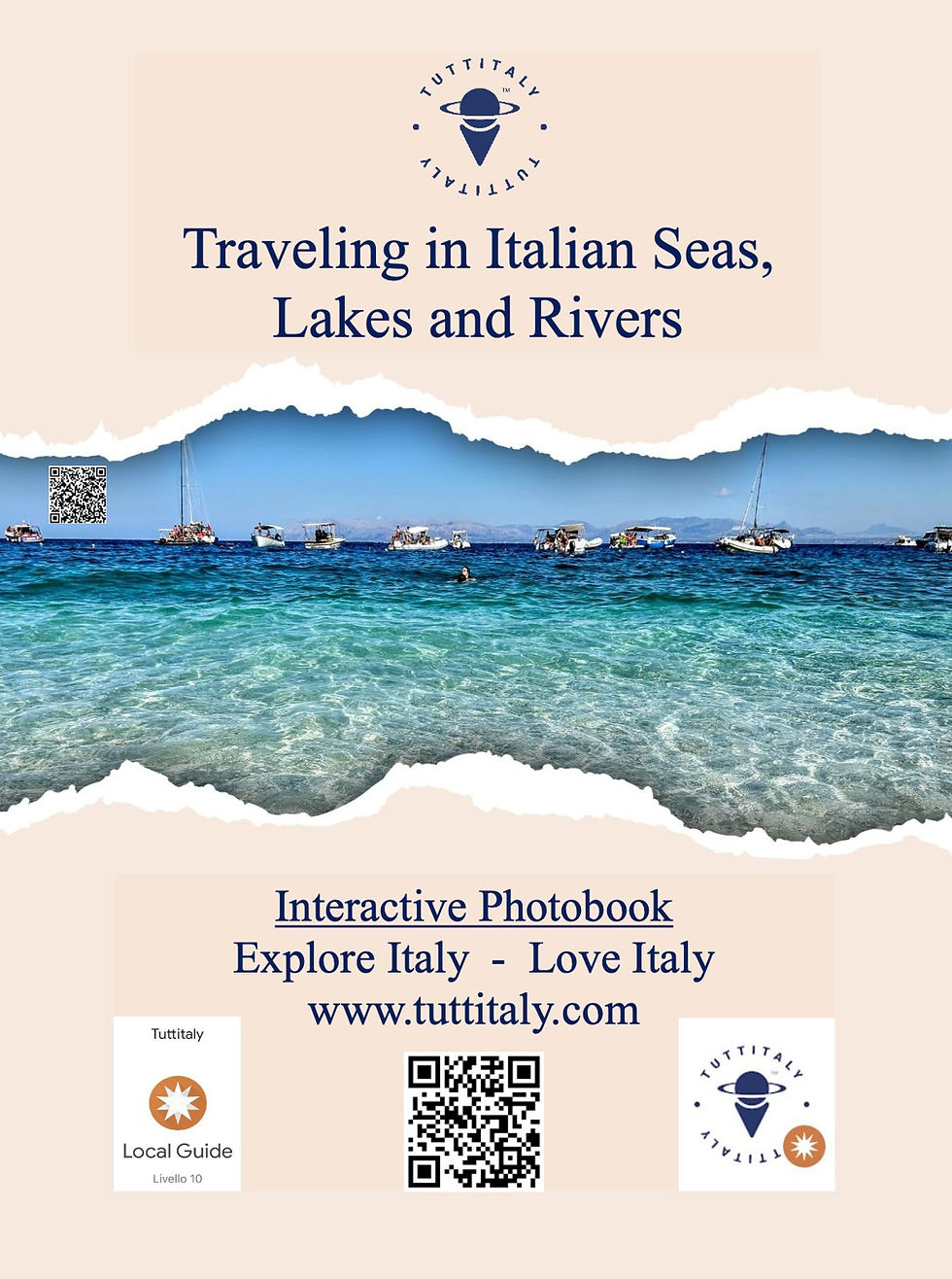One of the most important archaeological sites in Sardinia, a prosperous city, first Phoenician, then Carthaginian, finally a significant Roman center, a jewel handed down through three millennia, also famous for its thermal baths... #tuttitaly
On the promontory of Capo Pula stands the ancient city of Nora, the first Phoenician city in Sardinia.
In 238 BC, Nora was conquered by the Romans. It became a municipium in the 1st century AD. In the following two centuries, it experienced its maximum splendor: urban and demographic growth.
The ruins of the ancient city remain in the archaeological park of Pula, and exhibits are on display in the Patroni Museum.
A storm in 1889 brought to light a Phoenician-Punic cemetery (tophet).
Thanks to the excavations that began the following year, we can admire the following:
- the temple of Tanit, Carthaginian goddess;
- the stele of Nora, kept in the archaeological museum of Cagliari.
- the baths, for which Nora was famous;
- the square of the Forum, the heart of the ancient city;
- a temple with a pronaos with six columns.
- the amphitheater: initially covered in marble, had 1000 seats; today, it is the setting for the La Notte dei Poeti festival.
- the Sanctuary of Aesculapius, with a mosaic terrace from the 4th century.
In the 5th century, with the occupation by the Vandals, the abandonment of the city began: the inhabitants withdrew to the safer localities inside.


























Comments